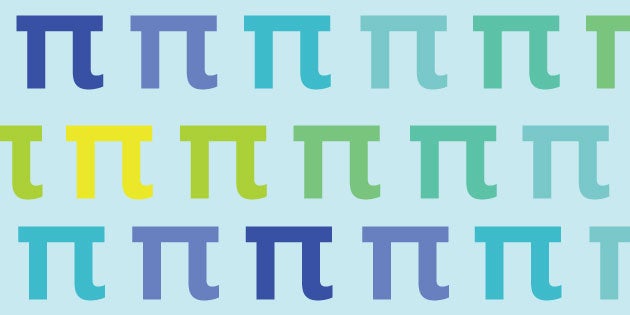Unless you’ve been living under a rock lately, you know that the greatest day of Pi is nigh. Saturday, March 14, 2015, is Pi Day, an annual celebration of the mathematical constant represented by the Greek symbol π.
We asked College of Charleston associate professor of mathematics Garrett Mitchener to dish a few facts about Pi:
 Mathematicians whimsically celebrate Pi on several days each year: July 22 in honor of the approximation 22/7 (which is how July 22 is written in European countries) and March 14 in honor of the approximation 3.14. This year’s decimal Pi day is especially fun because there will be a time that morning that can be written 3/14/15 9:27.
Mathematicians whimsically celebrate Pi on several days each year: July 22 in honor of the approximation 22/7 (which is how July 22 is written in European countries) and March 14 in honor of the approximation 3.14. This year’s decimal Pi day is especially fun because there will be a time that morning that can be written 3/14/15 9:27.- The earliest well-documented uses of the Greek letter π for this number are by William Jones (1706). It wasn’t widely used until it appeared in works of famous Swiss mathematician Leonhard Euler in 1736 and 1748.
- The current record for the most number of decimal digits of π that have been computed is over 13 trillion.
- Buffon’s needle experiment: Take a needle and draw lots of evenly spaced parallel lines on a big piece of paper separated by length of the needle. If you toss the needle onto the paper at random, the probability that it touches one of the lines is 2/π.
Not enough Pi for you? Then check out math professor Alex Kasman’s talk on March 18, 2015 – “My Favorite Thing About Pi.” Sponsored by the College’s Math Club (some serious Pi fans, they), the talk takes place at 3 p.m. in the Robert Scott Small Building, Room 251.
Also, see what College associate professor of math Tom Kunkle had to say about Pi in this Post and Courier article.




